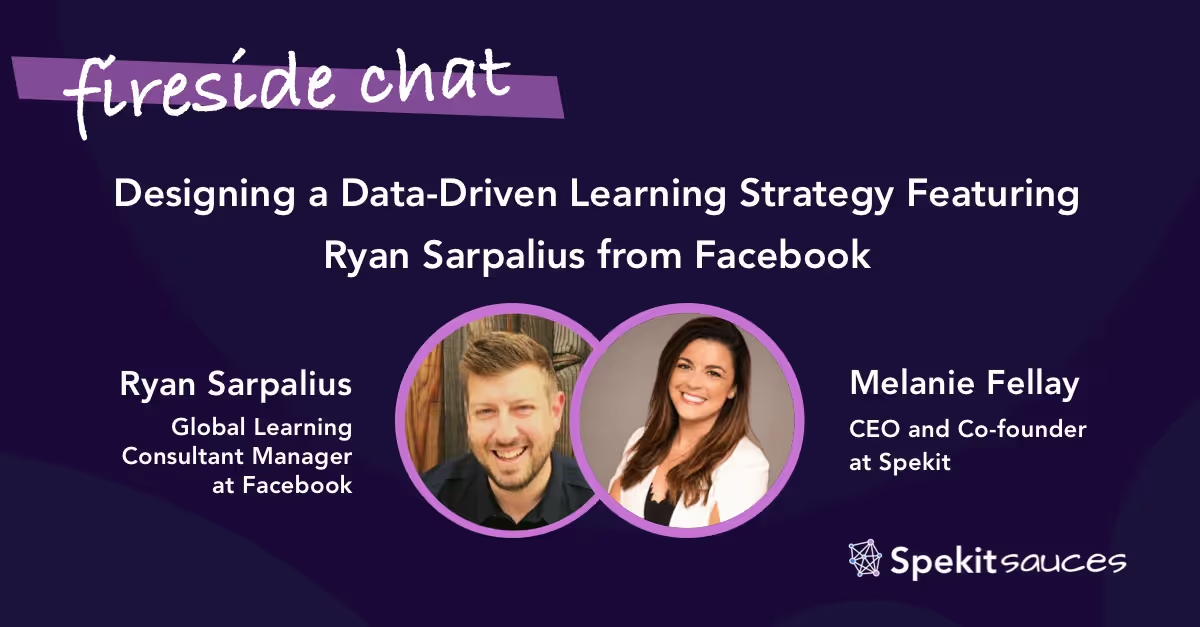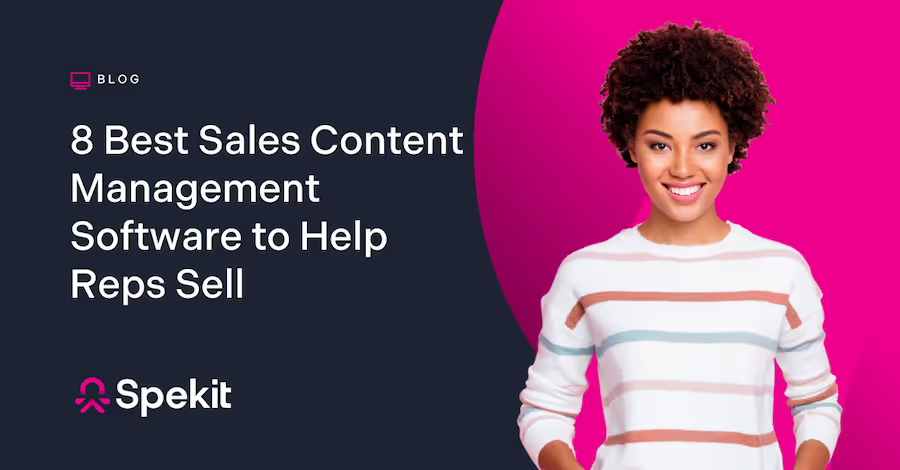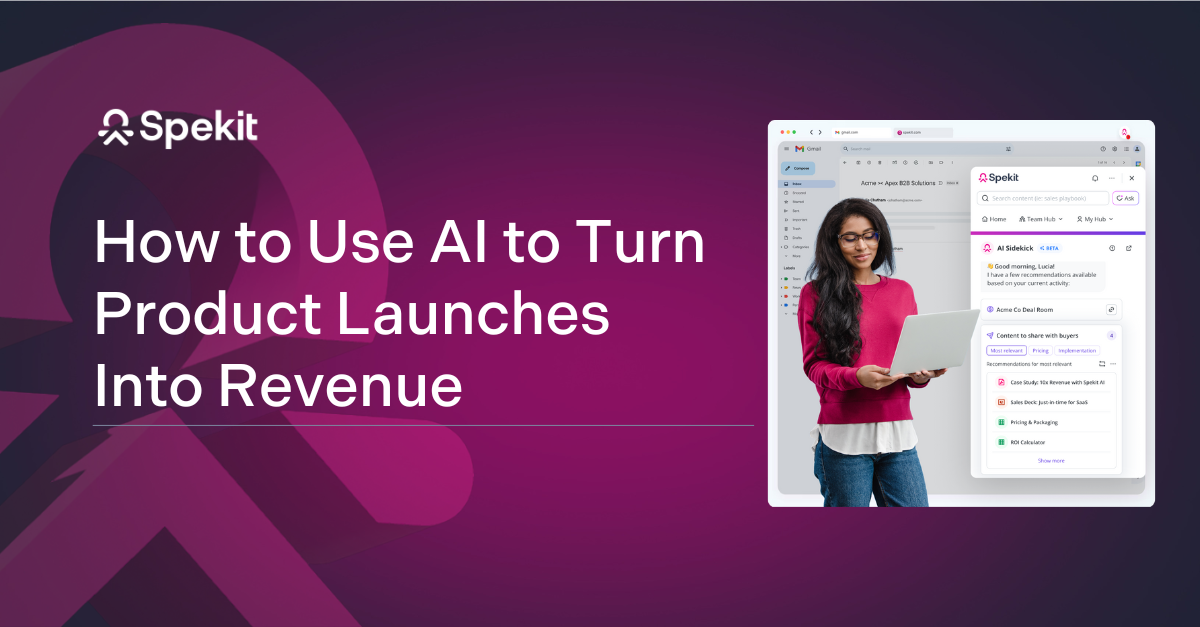Table of contents
Subscribe to newsletter
“Pay attention to how people learn outside of work: How do they learn in their personal lives? What elements of that can be translated into professional learning? How can you leverage that instead of trying to force them into training methods that may be outdated?”
Ryan Sarpalius, has built learning programs to support the scaling of some of the world’s fastest-growing organizations including his current role at Facebook and previously, Uber. He joined şÚÁĎłÔąĎÍř CEO, Melanie Fellay, to peel the layers of the learning onion in a no slides, all insights, fireside chat. Read on or watch the episode below for insights into the hot topics that keep learning professionals up at night including how to measure the business impact of training, using data to influence your learning strategy, selling the value of learning within the organization and more!
https://vimeo.com/463226404
Watch the chat above or listen to the podcast on or .
Selling the value of training
Ryan is currently at Facebook, but met Melanie in his previous role at Uber and before that, his experience spanned from the energy sector to technology, focusing on both human performance and how it impacts business results. With such a wide range of experience, he’s seen what it takes to adapt learning programs and strategies at businesses of all shapes and sizes.
“I’ve been at some organizations where they’re literally looking at every dollar spent and asking, what’s the value? Can you prove it to me? And, other organizations where nobody is asking the question and they think of training as just a thing they float some dollars to,” he said. “For me, it’s really been about positioning myself and my teams as a proactive partner in the business.”
He stressed that you really need to position the work you do by understanding how it will impact the business, asking questions before the stakeholders do and knowing the value you’re bringing and why.
Selling the value of what you do is a challenge that many departments face, including enablement leaders as Melanie interjected. Often, if something goes wrong, the department is blamed for not getting enough training and on the other hand, if all goes smoothly, very little appreciation is received. This back and forth struggle is due to the lack of ability to actually measure training and how it helped in reducing errors.
So, how do you measure the impact of training?
Using data the measure the impact of training
“There’s really a spectrum there and a lot of it depends on what your organization can do and the maturity/capability of your team,” said Ryan. “But, generally speaking, everywhere I’ve been we followed a general , mostly because it’s really translatable to other people and tools in the industry that we can leverage. And, this is about really understanding that the amount of effort and costs it’ll take to evaluate on a much richer, deeper lever will go up the further you go,” he said.
He explained you need to evaluate if you’re launching a new program or system, is it really worth the effort to fully demonstrate the impact it’s having? In some cases, measuring the value will be a survey, knowledge or skills assessment, etc. Something that will help you understand when they walk out of that training course and go back to their job, did they internalize that information and put it into practice. But, really evaluating beyond that can be intensive in terms of resources and time. Ultimately, it’s about identifying the value of the program or projects beforehand and determining what level of data do you absolutely need to be able to prove the effectiveness of your efforts.
“I think what they (executives) want to see is that we’re all trying to achieve the same thing,” said Ryan. “Showing how you’re contributing to that goal will go a lot further than trying to come in and say, we can solve all your problems by doing this and this,” he said.
It can be really difficult to isolate the exact impact on business outcomes and relies on what data can be collected. Ryan has been a part of organizations with limitations in data and those where any type of data is accessible. It needs to be based on how you can meaningfully determine the impact of the interventions and solutions provided. This then assists teams to confidently present their findings as to how those changes will solve a particular issue.
Ultimately, it’s a team effort across the board, and the most important thing you can do is (instead of trying to measure every single thing) identify in advance what you absolutely need to measure to ensure that each initiative is successful.
Identifying high performers to design learning programs
Gathering enough data to label top performers is vital to designing learning programs that will help others work toward that level. Furthermore, you need to articulate the value it will bring back to the business. Work and communicate with managers to paint a picture of the desired output or what a good performer looks like and filter by who is actually getting closest to that in terms of performance. That helps in highlighting key points that can later be the role model or comparison criteria for others to meet and elevate to that scale.
“That’s one thing we’ve focused on a lot recently,” said Ryan. “Methodologies and trying to understand human performance is really trying to get down to what does a good performer look like, what are all the things that get to that? And, spoiler alert, is usually not the training by itself, right? It’s usually a whole of other things are expectations, do they have the support they need and all kinds of other things that go into actual outcomes and performance.”
Creating a blended learning strategy
Ryan’s written a lot about . A few key points he closely keeps an eye on are the difficulties, frequency and importance of a task being performed while simultaneously understanding the complexities and criticalities of it to the business. Figuring out what actually and meaningfully moves the needle while identifying how complex it is from the learner or performer’s perspective.
These questions can help determine what strategies and solutions need to be brought to the table. As operational learning is expensive, making the most out of each session by focusing on the key components is the best utility. Some parts in the training, which are unlikely to be retained, can be reinforced in workflow training through continuous reminders or prompts within an employee’s day to day workflow.
“I’ve had a lot of experiences where we’ve just packed as much as you can into one or two hours you have with the learner because they need to know everything,” he said. “We’re really trying to push back on that and understand what really needs to be learning based on the criteria in formal learning and what can be reinforced through things like workflow learning and microlearning . It’s an important conversation to have and to try and get right. Again, it’s educating stakeholders a lot who don’t truly understand what learning is. You’re trying to help them understand how employees can get the most value out of training.”
Training is expensive any way you swing it. It’s time away from the sales floor or either way, downtime for the business. Ryan stresses how essential it is that when you make that time, you’re focused on making it as rich and meaningful as possible. You need to be able to decide which things deserve a full hour session, and which things are maybe too complex and require constant reinforcement through different methods when and where the information is needed most.
Pay attention to how people learn outside of work: How do they learn in their personal lives? What elements of that can be translated into professional learning? How can you leverage that instead of trying to force them into training methods that may be outdated?







